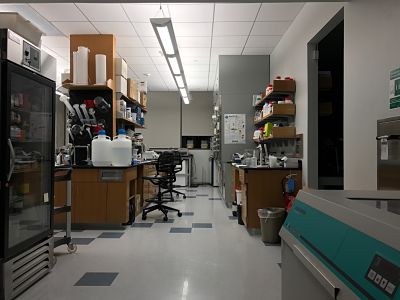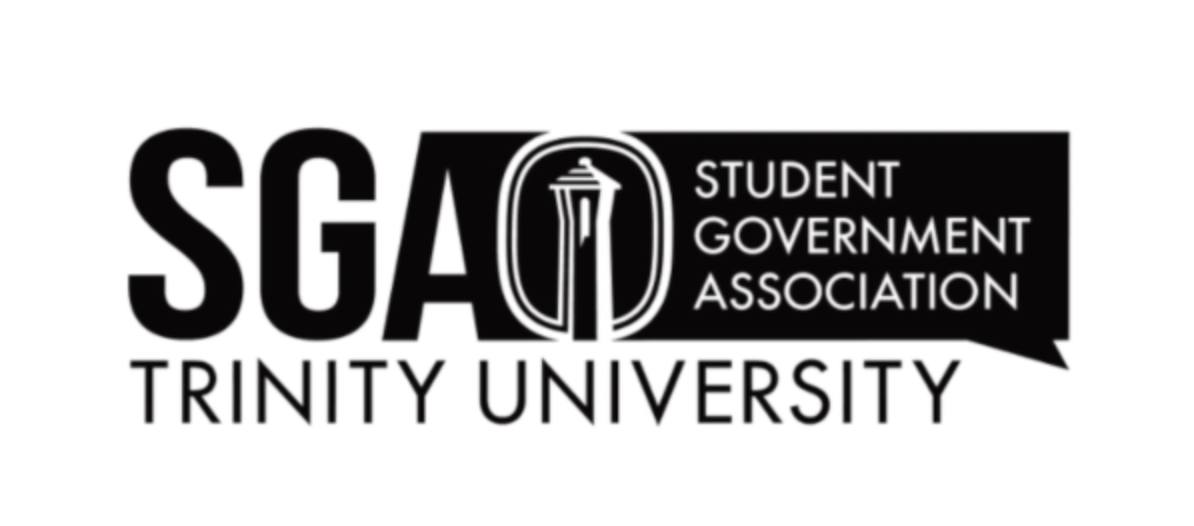Last year, the biology department implemented a Course-based Undergraduate Research Experience lab (CURE). This type of lab focuses on the importance of field research and often takes students outside of the classroom to collect data.
“The idea is that you’re asking questions that are pertinent to what is happening in the world, and the data from students is actually publishable,” said Kelly Lyons, the professor in charge of the lab.
The lab involves the study of monarch butterflies; students collect data when the pollinators migrate, and use that information as the basis of their research.
“None of the biology professors study monarch butterflies, but we know pollinators are in decline, and a lot of people care about them, so it’s a segue into good questions and science. Students ask questions that are compelling, so they learn a lot of biology and become better researchers,” Lyons said.
The course is heavily data-driven and requires students to write papers about their research at the end of the semester. This practice, along with the importance placed on literature in the course, allows students to experience a little bit of what it’s like to do real research.
“Students seem more willing to engage with facts on a day-to-day basis, build more report. I think they begin to realize how hard it is to collect good data and publish a paper. They learn how hard it is to really do it right and how many questions there are, and how much work it is, and how many decisions you need to make,” Lyons said.
Some students who took the lab in the past looked forward to the experience they had gained from the research-driven format of the course.
“I am more interested in ecology than the other biology routes, so to be able to be in a lab where you can investigate those techniques was really interesting to me. I had already taken a class with Dr. Lyons, and I really enjoyed that. I heard that the class would be more field-oriented, so we would look at collecting data in the field, not just in the lab, so I was excited going into it,” said Olivia Roybal, a sophomore who took the lab last spring semester,
Her experience with the lab involved studying the structures of insects inside the classroom, as well as capturing insects outside with large canvas nets and pinning and preserving them. Her class also took a field trip to the Riverwalk, where they collected data from patches of milkweed that the San Antonio River Authority planted.
“As a class, we collected all the raw data and from that generated a research question. I was surprised that it was so independent that we actually generated all the data we would use in our paper,” Roybal said.
Roybal found that the lab prepared her for the research she did in Lyons’ lab that summer, as she was familiar with the true research experience.
“I feel like people in the CURE lab have a lot of practice in reading primary literature and also in writing papers in the form of scientific papers. I definitely feel like I had a lot of practice reading primary literature, so when I got to upper-division classes and was expected to get information from the articles, I didn’t have to focus so hard on how to read them because I had so much practice already,” Roybal said.
Some students were unaware of the implications of a CURE lab. First-year Theresa Feller didn’t know that it was different from the other labs until her professor explained the research her class would be doing with plants and butterflies.
“I think it’s fun to do actual research that hasn’t been done before. It shows you that research isn’t this super hard thing that you have to be an older student or professor to do. It’s been really cool to go through the entire process of figuring out what questions we’re going to ask and gathering the data,” Feller said.
Feller explains that the CURE lab allows her to see and be a part of the research that is being done in her field of study. Unlike normal labs that may just introduce you to the research, CURE labs focus on involving undergraduate students in the process.
“It exposes you more to the scientific world. In typical labs, I feel like the experiments are already set up for you, and a lot of times there are things that have been done before, so your whole protocol is written out for you. The CURE lab makes you think more like a scientist and you get to experience more of what it’s like to work with real-world science and research,” Feller said.
The CURE lab intends to show students how fun and interactive studying science can be and will help students appreciate the work that scientists do, as well as inspire them to continue their own research. By reinforcing the importance of primary literature, the lab helps direct students towards a true research experience.
“It helps to work backwards. It’s important to be able to understand primary literature. It’s one thing to be able to read and understand a scientific article but it adds another layer of understanding if you have experience in generating your own questions and from those questions, synthesizing data and then writing your own paper. It helps you dive into it in the traditional way after you’ve already broken it apart,” Roybal said.







